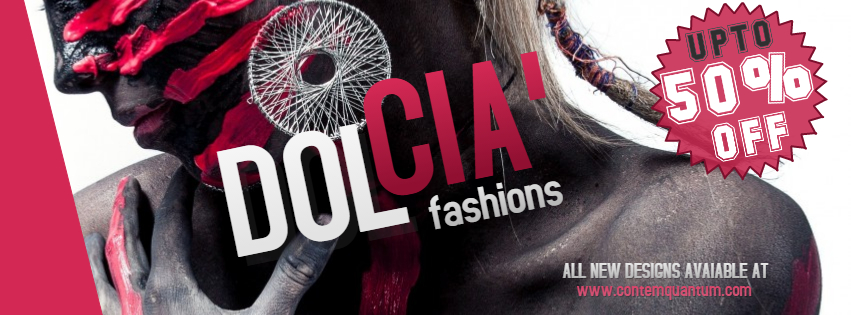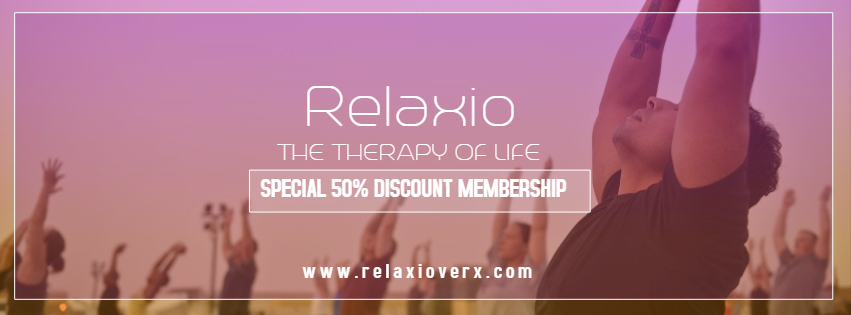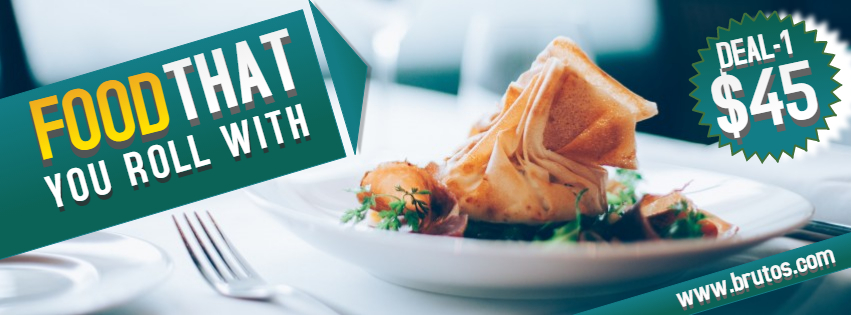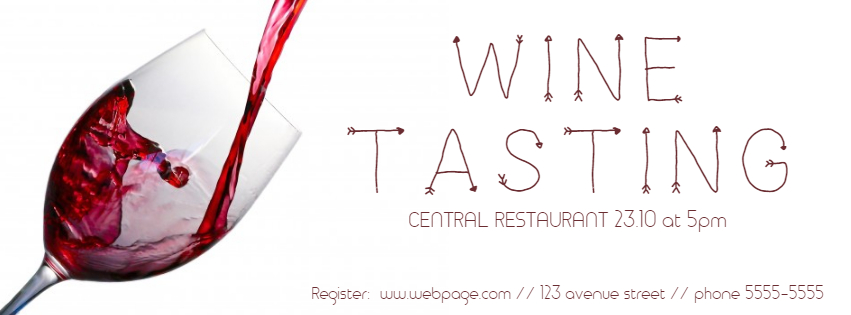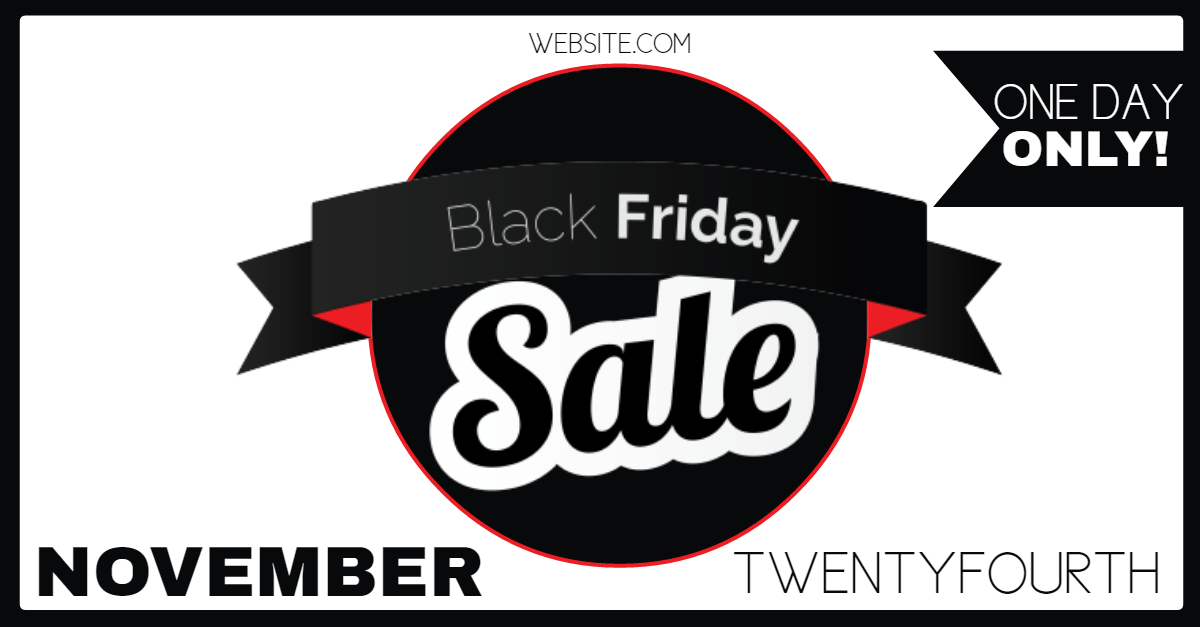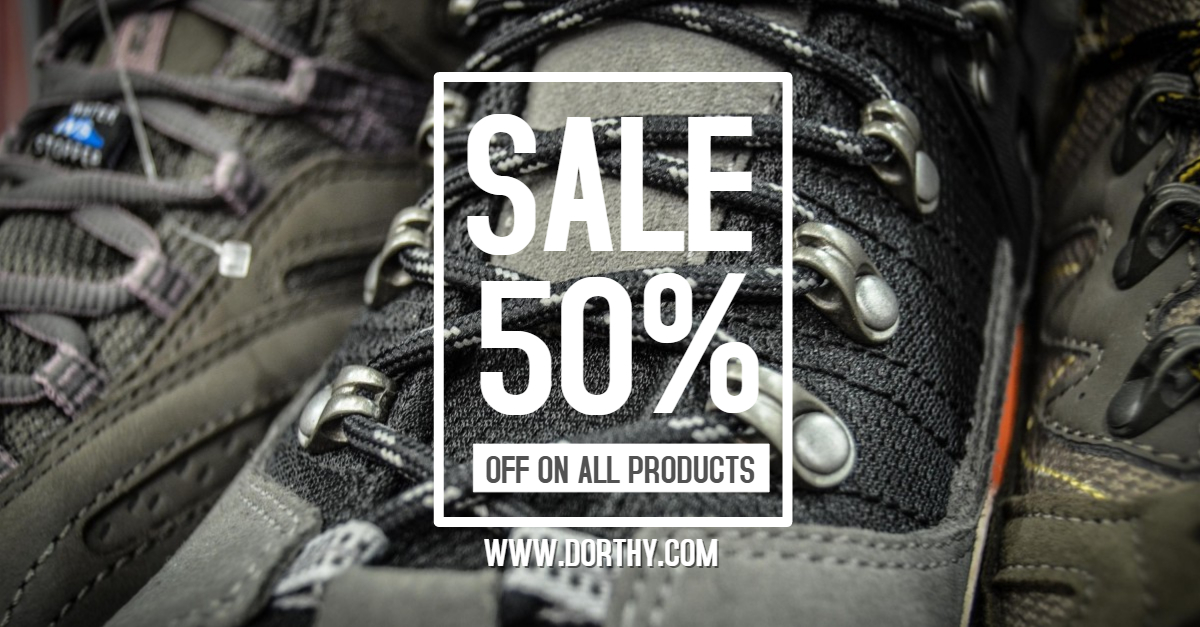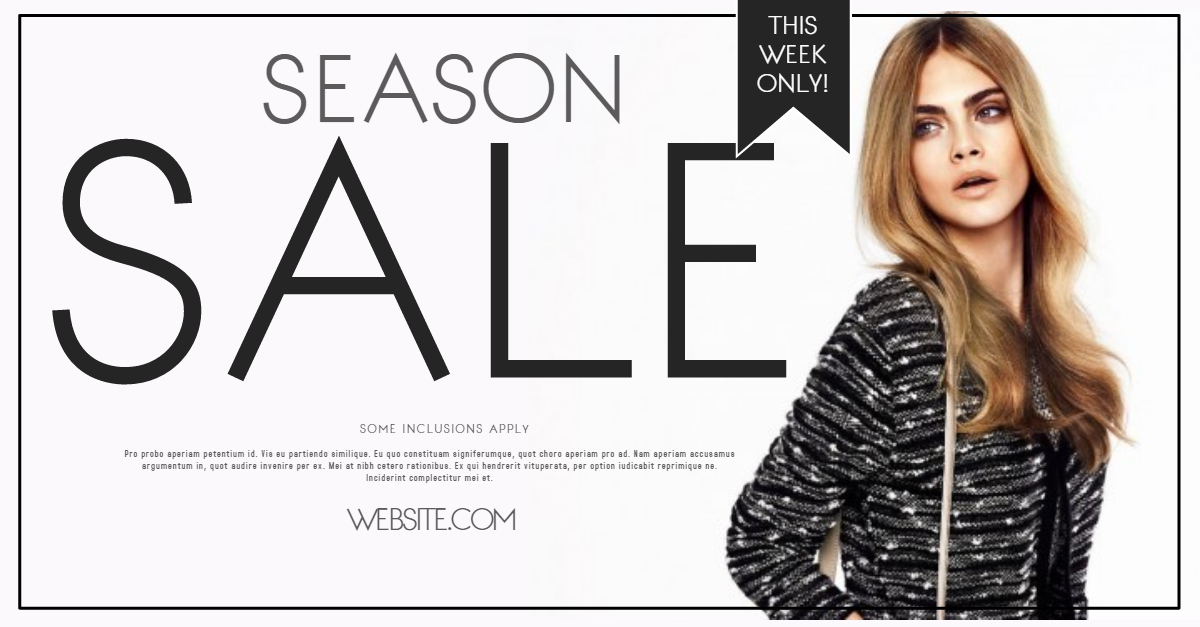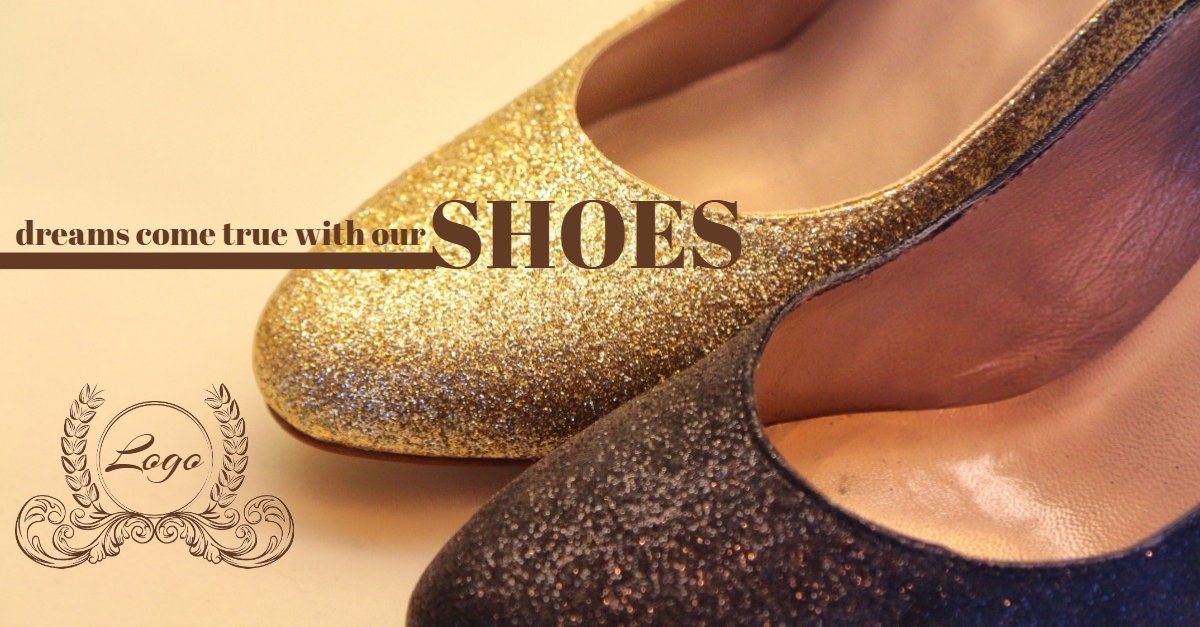How to Promote your Event on Social Media
With the advent of social media, advertising has forever been changed. Creating a website, which at one point seemed crucial, isn’t that crucial anymore. Instead, social media has taken over as the number one place for you to meet with your audience.
Social media is effective because it is free, it provides an excellent infrastructure for worldwide interaction, and it presents your ideas and resources in real-time. This was otherwise impossible, or very expensive, when creating your own website.
With social media, our horizons have greatly improved - and there are more and more ways now to effectively advertise yourself, and your events, than ever before.
In this blog post, we’ll show you ways to promote your event effectively on social media.
Create an Event Page on Facebook
Creating your event’s page on Facebook should be your first step in promoting your event effectively. People who have liked your page, or are friends with you, can see the event. They can choose to “be interested”, “join” or “ignore” the event. When they choose to do the first 2, their friends can see the event, then they can do the same and so on and so forth. It creates a chain reaction, and in no time, a large number of people will be interested in your event, and many of them may show up too.
These days, interesting social media accounts are necessary to rev up on engagement. Start by designing an awesome Facebook cover photo, showcasing your event, with a little help from PosterMyWall Using PosterMyWall’s tools and resize option, you can create the cover photo with the right dimensions. Then set the cover photo as your Facebook profile and event page. Here are some sample cover photos created at PosterMyWall.
Use Video
According to a research done by Buffer, different social networks are slowly evolving to be similar to each other. For example, Instagram introduced stories, which is based on Snapchat’s concept, involving a personalized slideshow of pictures of videos and pictures. Facebook is experimenting with AR (think Snapchat filters) and also introduced live video. Furthermore, they changed video such that it auto plays with no volume in your newsfeed.
Live video has become an important part of Facebook, Twitter and Instagram, and while many haven’t utilized it, it’s a great avenue for generating interest and feedback.
There is a great deal you can do with video and live video. For live video, you can do a special “behind the scenes” preparation of the event, and possibly even a Q&A session. The audience asks questions under the comments of the video, and the speakers will answer to those. You can also create an event promo video, by putting in clips from your event last year, or you could do a series of interviews of people attending the event.
Facebook and YouTube are the best places to share your videos. Your YouTube channel can gather a lot of engagement, and in turn, registrations for your events.
Your videos need to be compelling if you want to catch your target’s interests. Keep in mind this question, “Why should I go to this event?” Answer that question in the best way possible, and your audience just might have a reason to go to your event.
Use Ads
Events are expensive to handle, and while ads is extra money spent, it is all well worth it. You can create ads on Twitter and Facebook. With the sheer number of people on both networks, you can be very sure that there will be people of all kinds of demographics, especially the ones you’re targeting. With social media ads, you can select the people who you want to see the ad. So if your target audience are 40 year old women who live in the UK, you can be sure that teenagers or young adults from any country won’t be seeing your ad.
You can create appealing ads for your event, and even set the option to exclude the ad from showing to people who already liked your Facebook page, or already are registered or “interested” in the event.
Get started by viewing the ad guidelines here. You can also click on any of the Facebook Ad templates below to customize and use for your ad campaign.
Use a Consistent Hashtag
Just as Moz and Blizzard Entertainment use #mozcon and #blizzcon for their yearly events, you too can create a hashtag, which is special to your event. This is a great way of creating hype for your events, and it only increases after each year, as more people learn about your hashtag. Social networks with clever hashtags translates to more exposure, as it’s very easy to find not only what you say, but also what other people are saying about your event.
Show What Happens Behind the Scenes
A great deal of time and effort is spent to make an event a successful one. Use that to your advantage, and share some fun or silly moments behind the scenes. You don’t have to appear professional 100% of the time, and showing off your human side now and then can create a lasting impression of your event, even before it started! Here are some things you can share:
The kind of preparations going on, what everyone is tasked to do.
The trip to the venue, and best routes to take.
A tour around the venue, and surrounding areas.
Casual interviews with the event volunteers and members.
Funny moments and bloopers.
Fun places to go to outside the venue.
Create a button
Create a call to action button on your Facebook page, that leads to your event page. This approach will help both new and old visitors to your page learn about your event. You can even put multiple call to action buttons on your page. In the analytics, monitor the number of people clicking on the button. The text for the button should be well-crafted to their interests. For example, I’m more likely to click on a “Sign up” button rather than a “Shop now” button.
Conclusion
Social media is the go-to place for promoting events, with Facebook, Twitter and Instagram as your top platforms. With video currently going hot in social media, advertising your event through video can create excellent results. Facebook and Twitter ads are great for going the extra mile, though they are not an absolute necessity. Your most important takeaway from this post should be to produce content that genuinely interests the audience. Look at the event from their shoes, search for their likes, dislikes and aspirations, then act accordingly.


